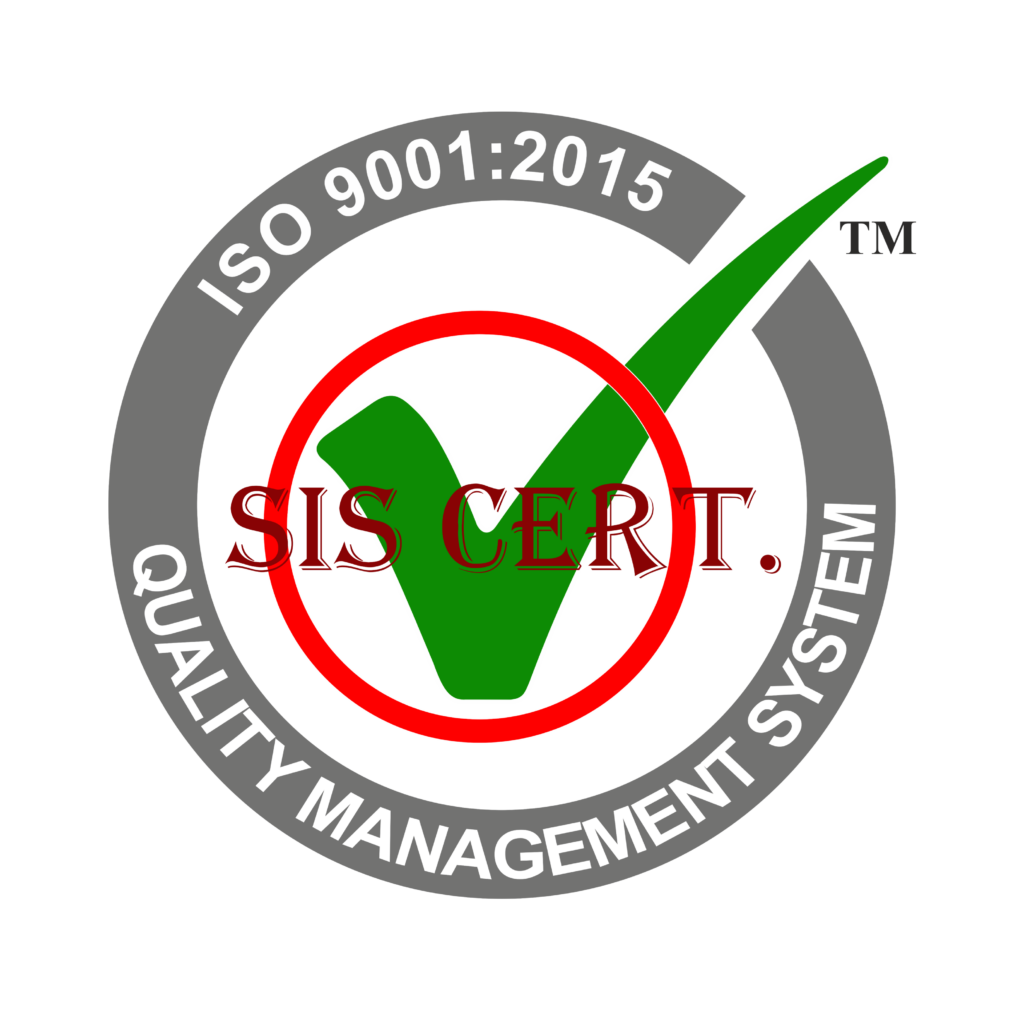Hydraulic tubing is a cylinder-like tubing used in hydraulic systems for the passage of fluids. It is made from E235 steel, ST37.4 pipe, and undergoes a surface finishing process called NBK. The tubes are oiled inside and outside, and galvanized coating is available upon request.
The recommended maximum working and theoretical bursting pressures are calculated using DIN 2413 at normal temperature, and pressure reduction factors at various temperatures are considered.
Hydraulic tubing is produced through seamless or welded processes and is suitable for welding using usual techniques. It is essential to ensure that correct fittings are fitted onto the tubes, and that regular maintenance and inspection is done for optimal performance.
Key Takeaways
- Hydraulic tubes are cylinder-like shaped tubing devices used in hydraulic systems for the passage of fluids.
- The tube standard specifies dimensions for cold drawn finishing and seamless precision steel tubes.
- Hydraulic tubes are suitable for high performance piping system applications.
- The hydraulic tube is made from two types of material grade: ST52.4 and ST37.4.
What is Hydraulic Tubing
Hydraulic tubing is a cylindrical-shaped device used in hydraulic systems to facilitate the passage of fluids. It is made from two types of material grade: ST52.4 and ST37.4, which both have different properties in terms of tensile strength and yield strength. The tubes undergo a surface finishing process called NBK, which includes phosphate and normalizing for corrosion resistance. The installation process involves cutting, bending, welding, and connecting the tube with the equipment. Pressure ratings are calculated using DIN 2413, based on the yield and tensile stress values.
Hydraulic tubing offers several advantages, including increased material strength, enhanced machinability, and close dimensional tolerances. It is suitable for welding using usual techniques, and pipe clamps can be used to reduce vibration when flow passes through. Choosing the right size of hydraulic tube is important for optimal performance and pressure ratings should be taken into consideration. It is also important to note that stainless steel is an excellent option for extremely ductile and least corrosive tubes.
E235 Steel
Made from non-alloy carbon steel grade E235, EN 10294-1 Grade E235 hollow bars are unalloyed steel suitable for machining without heat treatment. It has a minimum yield strength of approximately 235 and offers advantages such as corrosion resistance, durability, and reliability in high pressure applications. The presence of manganese in the steel improves strength, hardenability, and resistance to abrasion.
The following outlines the properties and composition of E235 steel:
- Maximum carbon content: 0.18
- Maximum silicon content: 0.35
- Maximum manganese content: 1.20
- Maximum phosphorus content: 0.045
- Maximum sulfur content: 0.045
Comparisons between E235 and ST37.4 steel tubes show that E235 offers higher tensile strength, making it suitable for high performance piping systems. Surface treatments such as NBK, oiled inside and outside, and galvanized coating are available for E235 steel. During the manufacturing process, the tubes are cold drawn and annealed, and normalized for corrosion resistance.
ST37.4 Pipe
ST37.4 Pipe is a low-carbon steel tube available at a low cost, boasting a maximum of 0.17% carbon and 0.35% manganese. It is easily weldable and has high ductility due to its chemical formation.
DIN 1630 Grade St 37-4 Carbon Steel Seamless Tubes are manufactured following DIN specifications and other national and international standards. Carburizing can be performed on these pipes to increase their surface hardness.
DIN 2391 St37.4 NBK Seamless cold drawn tubes and E235N St37.4 Boiler Tubes are manufactured in Mumbai, India. These tubes have high-quality requirements and are used in various industries. The shape, size, and dimensions of these tubes can be fully customized.
EN10305 ST37.4 Seamless Tubes are robust in construction and durable. Surface treatment of these pipes can be customized for improved longevity.
Product Specs:
- ST37.4 Pipe follows ASTM, ASME, JIS, AISI, AMS, EN, SAE, DIN, NF, TOCT, DS, DTD, GB standards.
- The pipe size ranges from 4mm to 219mm with a wall thickness of 0.5mm to 20mm.
- Welded pipes are available in sizes ranging from 5.0mm to 1219.2mm.
- The pipe schedule includes SCH5, SCH10, SCH20, SCH30, SCH40, SCH80, XS, SCH160, XXS, and more.
Pros:
- Low-cost
- Easily weldable
- High ductility
- High-quality
- Fully customizable
- Robust construction
Cons:
- Require carburizing for increased surface hardness
- Limited pipe sizes and wall thicknesses
Recommended Maximum Working & Theoretical Bursting Pressures
The pressure values for both seamless and welded hydraulic fluid line steel tubing are provided to determine maximum working pressures and theoretical bursting pressures. Material selection is important to ensure proper performance of hydraulic tubing. Factors such as tube wall thickness, tensile strength, yield strength, and chemical composition can affect the pressure ratings of hydraulic tubing.
It is essential to installand maintain hydraulic tubing properly to ensure safety and optimal performance. Seamless hydraulic tubing offers a few advantages, such as improved strength and corrosion resistance, over welded tubing. Comparing different types of hydraulic tubing materials, stainless steel provides extreme ductility and is least corrosive among the options.
It is important to choose the right material for hydraulic tubing to ensure efficient operation and improved performance.
How are hydraulic tubing made
Manufacturing hydraulic tubing involves drawing them from billet, cold drawing and annealing for precision steel tubes, and surface finishing for corrosion resistance. The material selection is usually either ST52.4 or ST37.4, both with different tensile strength ranges. Quality control is maintained through normalizing and oiling the tubes, and galvanizing is available upon request. Welding techniques should follow DIN EN 12072 part 1, while a bending radius of 3x the external tube outer diameter is recommended for cold bending.
The following table outlines some of the important considerations for the manufacturing process of hydraulic tubing:
| Manufacturing Process | Material Selection | Quality Control | Welding Techniques | Bending Radius |
|---|---|---|---|---|
| Drawing from billet | ST52.4/ST37.4 | Normalizing | EN 12072 part 1 | 3x OD |
| Cold drawing | Different tensile | Oiling | ||
| Annealing | strengths | Galvanizing |
Adhering to these standards and specifications ensures the quality and integrity of the hydraulic tubing. With the right manufacturing process, material selection, quality control, welding techniques, and bending radius recommendations, hydraulic tubing can be effectively made for many applications.
Applications
Steel hydraulic lines are commonly used in various markets due to their durability, reliability, and resistance to corrosion. They are used in piping systems and have a range of applications in markets such as agriculture, construction, mining, diesel engine, injection molding, locomotive, marine, material handling, municipality, and oil and gas. Hydraulic steel lines play an important role in keeping vital processes running.
The pressure ratings for hydraulic tubes are calculated using DIN 2413 and the yield and tensile stress values are verified from true copy material certificates. The installation process includes cutting, bending, welding, and installing the tube with the connected equipment. Pipe clamps can be used to reduce tube vibration when flow goes through.
SAE J-524 Seamless and SAE J-525 Welded Hydraulic Tubing are made of low carbon steel and are intended for use as hydraulic lines. The tubing is cold drawn and annealed for SAE J-524 Seamless and cold worked and annealed for SAE J-525 Welded. The maximum working pressures and theoretical bursting pressures are provided in order to determine the appropriate tube wall thickness.
- Product Specs:
- Made of low carbon steel
- Intended for use as hydraulic lines
- Cold drawn and annealed for SAE J-524 Seamless
- Cold worked and annealed for SAE J-525 Welded
- Maximum working pressures and theoretical bursting pressures are provided
Pros:
Durable and reliable
Resistant to corrosion
Suitable for use in construction sites
Stainless steel provides extreme ductility
Cons:
Expensive
Not suitable for applications with high temperatures
Frequently Asked Questions
What Are the Benefits of Using Steel Hydraulic Lines?
Steel hydraulic lines provide efficient operation, durability and reliability, corrosion prevention, and higher pressure ratings. Installation tips, leak detection, and line replacement should be considered to ensure optimal performance.
What Safety Precautions Should Be Taken When Using Hydraulic Tubing?
To ensure safety when using hydraulic tubing, proper installation, heat management, leak prevention, pressure testing, and preventive maintenance should all be considered. Careful attention should be paid to each step to ensure optimal performance and safety.
What Is the Difference Between SAE J-524 Seamless and SAE J-525 Welded Hydraulic Tubing?
SAE J-524 Seamless and SAE J-525 Welded Hydraulic Tubing differ in their installation process, heat expansion, corrosion protection, and burst pressure. Seamless design provides good corrosion protection, while welded tubing requires additional protection. Seamless design also has higher burst pressure than welded tubing.
How Often Should Hydraulic Lines Be Inspected and Maintained?
Regular checks, pressure testing, leak detection, and line replacement are essential for preventing corrosion and ensuring optimal performance of hydraulic lines. Regular inspections should be conducted to identify and address any potential issues before they become costly problems.
What Is Pdi’s Solution for Hydraulic Lines?
PDI offers customized solutions for hydraulic lines, including cost comparison, material selection, installation process, pressure testing, and heat conductivity. Their engineers and technicians provide expertise to ensure the highest quality products.
Conclusion
Hydraulic tubing is an essential component of hydraulic systems. Its construction and application must be carefully considered for optimal performance. With a variety of steel grades, pressure ratings, and fabrication methods available, there is a hydraulic tube for every application.
As the old adage goes, ‘measure twice, cut once’, the same applies to hydraulic tubing. Careful consideration and exact measurements are key to successful installation and maintenance.


